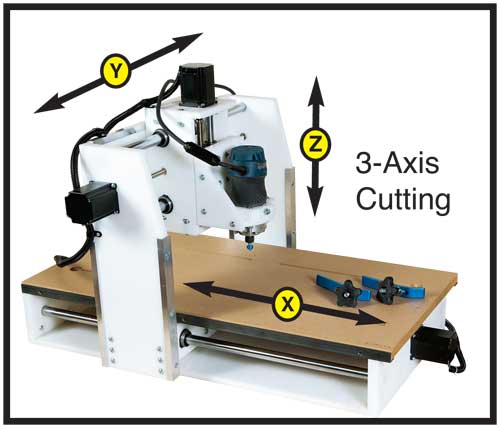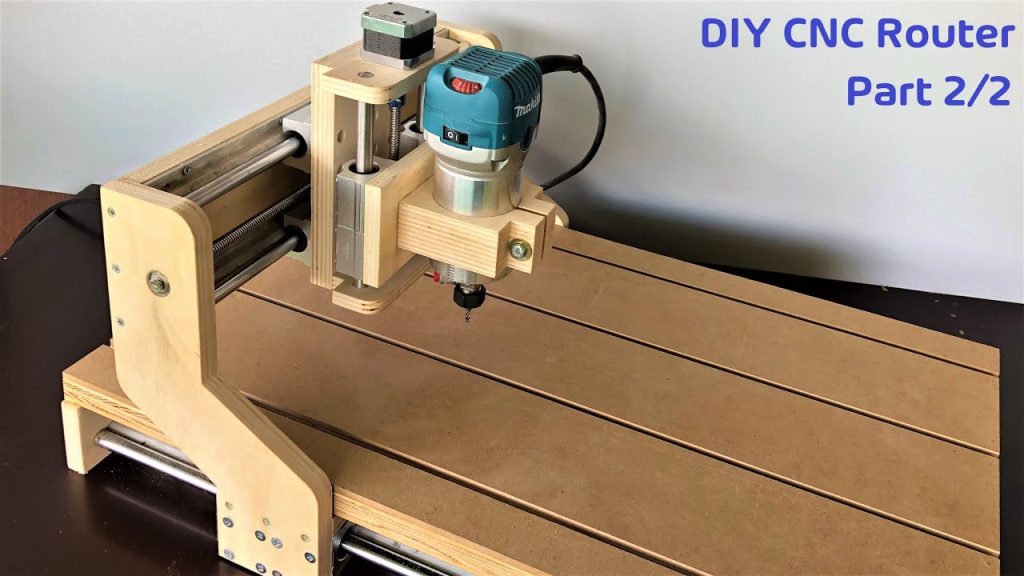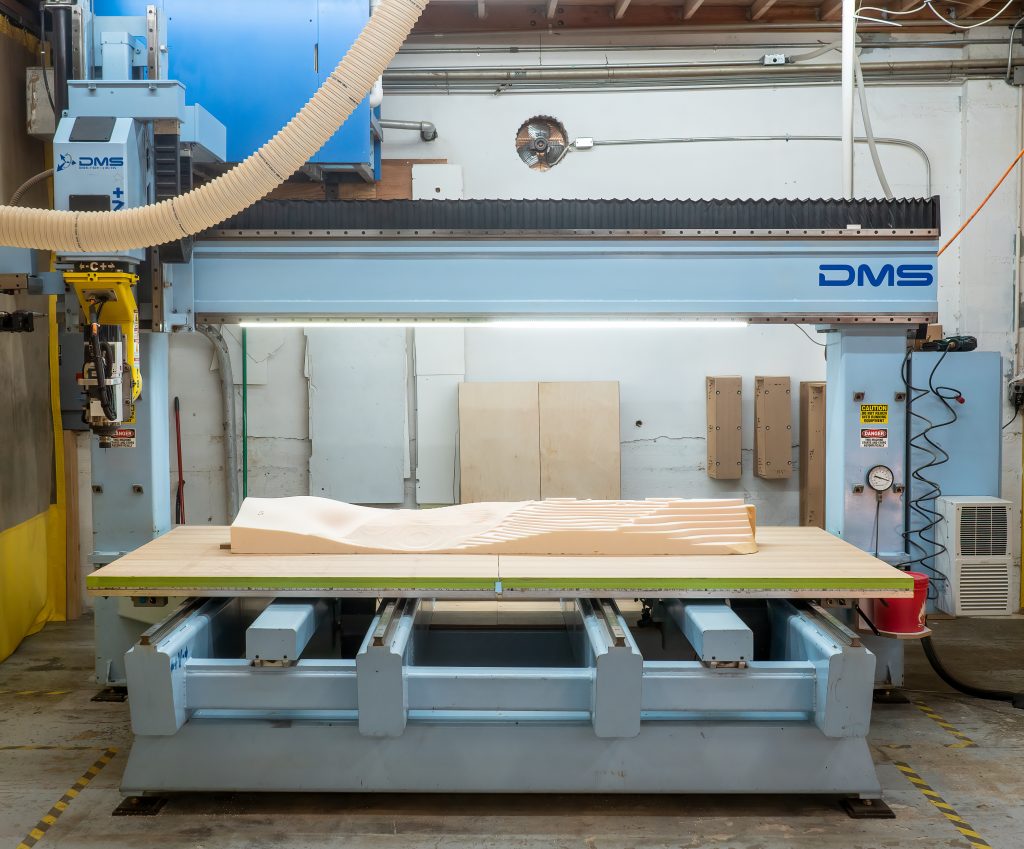If you’re a CNC router enthusiast, you might have asked yourself at some point whether inches or millimeters are better to use. The truth is, there’s no one-size-fits-all answer to this question. It all depends on your specific needs and preferences. In this article, we’ll explore the advantages and disadvantages of using inches and millimeters on a CNC router, so you can make an informed decision that suits your requirements.
Let’s start by understanding the basics. CNC routers use either inches or millimeters to measure distances and dimensions. While inches are the standard unit of measurement in the United States, millimeters are used in most other parts of the world. So, which one should you use? Let’s dive deeper into the pros and cons of each system.
Both inches and millimeters are commonly used in CNC router programming. However, millimeters are generally preferred as they offer greater precision and are the standard measurement system used in many countries. Additionally, most CNC routers and software are designed to work with millimeters. However, if you are in a country that uses the imperial system, using inches may be more convenient for you. Ultimately, the choice depends on your personal preference and the specific requirements of your project.
Inches vs Millimeters: Which is Better for CNC Router?
Introduction
When it comes to CNC routers, one of the most common questions is whether to use inches or millimeters. The answer to this question depends on a variety of factors, including the type of project you are working on, the materials you are using, and your personal preferences. In this article, we will explore the pros and cons of each option to help you make an informed decision.
What Are Inches and Millimeters?
Before we dive into the differences between inches and millimeters, let’s define what each unit of measurement is. An inch is a unit of length in the Imperial system of units, which is primarily used in the United States. One inch is equal to 25.4 millimeters. Millimeters, on the other hand, are part of the metric system of units and are used in most countries around the world. One millimeter is equal to 0.039 inches.
Pros and Cons of Using Inches
Using inches as a unit of measurement has several advantages. First, it is the standard measurement system for many industries in the United States, including construction and manufacturing. This means that if you are working with other professionals in these industries, it may be easier to communicate using inches. Additionally, if you are working with materials that are primarily measured in inches, such as wood, using inches may be more intuitive.
However, there are also some drawbacks to using inches. For one, it can be difficult to convert between inches and other units of measurement, such as millimeters or centimeters. This can lead to errors in your designs and ultimately affect the quality of your finished product. Additionally, if you are working with materials that are primarily measured in metric units, such as metal or plastic, using inches may not be as efficient.
Pros and Cons of Using Millimeters
Using millimeters as a unit of measurement also has several advantages. For one, it is the standard measurement system for most countries around the world, which means that if you are working with international clients or partners, using millimeters may be more convenient. Additionally, because millimeters are part of the metric system, they are easier to convert between other metric units, such as centimeters or meters.
However, using millimeters also has some drawbacks. If you are working primarily with materials that are measured in inches, such as wood, using millimeters may not be as intuitive. Additionally, if you are working with clients or partners who primarily use inches, using millimeters may create communication barriers.
Benefits of Using Inches vs Millimeters
When it comes down to it, there is no clear winner when it comes to inches vs millimeters for CNC routers. Ultimately, the choice will depend on your specific needs and preferences. However, here are some benefits of using each:
Benefits of Using Inches
- Intuitive for materials primarily measured in inches, such as wood.
- Standard measurement system for many industries in the United States.
- Can be easier to communicate with other professionals in the United States.
Benefits of Using Millimeters
- Standard measurement system for most countries around the world.
- Easier to convert between other metric units.
- May be more convenient for international clients or partners.
In Conclusion
Ultimately, the choice of whether to use inches or millimeters for CNC routers will depend on your specific needs and preferences. It’s important to consider the materials you are working with, the clients or partners you are working with, and any communication barriers that may arise. By weighing the pros and cons of each option, you can make an informed decision that will help you create high-quality finished products.
Frequently Asked Questions
Choosing the right unit for your CNC router can be a daunting task. You may be wondering whether inches or millimeters are better for your machine. Here are some frequently asked questions to help you make an informed decision.
What are inches and millimeters?
Inches and millimeters are units of measurement used in CNC router machines. Inches are commonly used in the United States, while millimeters are used in most other parts of the world. One inch is equal to 25.4 millimeters. Both units can be used to measure length, width, and height.
When it comes to CNC routers, the unit you choose will depend on where you are located and what you are most comfortable using. If you are in the United States, inches may be the most familiar unit for you. However, if you are in a country that uses the metric system, millimeters may be more convenient.
What are the advantages of using inches?
One advantage of using inches is that it is a familiar unit of measurement for those in the United States. It is also easier to work with fractions when using inches, as most measurements are expressed in fractions of an inch. Additionally, some materials used in CNC routing are measured in inches, such as plywood and MDF.
However, using inches can be limiting if you need to work with very small measurements. In this case, millimeters may be a better choice.
What are the advantages of using millimeters?
One advantage of using millimeters is that it is the standard unit of measurement in most parts of the world. This makes it easier to communicate with others who use the metric system. Additionally, millimeters are more precise than inches, making them a better choice for precise measurements.
If you work with small parts or require high precision in your CNC routing, millimeters may be the better choice for you. However, if you are not familiar with the metric system, it may take some time to get used to working with millimeters.
Can I switch between inches and millimeters on my CNC router?
Most CNC routers allow you to switch between inches and millimeters. However, it is important to note that some machines may require you to recalibrate your machine after switching units. This is because the steps per inch (or millimeter) may be different for each unit.
If you plan on switching between units frequently, it is important to check your machine’s manual to see if there are any specific steps you need to take when switching units.
Which unit should I choose for my CNC router?
The unit you choose for your CNC router will depend on your location, the materials you work with, and your personal preferences. If you are in the United States and work with materials that are measured in inches, inches may be the better choice for you. However, if you work with small parts or require high precision, millimeters may be a better choice.
Ultimately, the unit you choose should be the one that you are most comfortable using and allows you to work efficiently and accurately on your CNC router.
In conclusion, determining whether inches or millimeters are better for a CNC router ultimately depends on the specific project and personal preference. Both units of measurement have their advantages and disadvantages, but ultimately, it is up to the user to decide which is the best fit for their needs.
For those who are more comfortable with the imperial system, inches may be the way to go. It is still widely used in the United States and many other countries, making it easier to find materials and tools that are measured in inches. On the other hand, millimeters are the standard unit of measurement in most of the world and are often more precise, making them ideal for detailed work.
Another important factor to consider is the software being used with the CNC router. Some software may only allow for one unit of measurement, making the decision for the user. However, many modern software options allow for seamless switching between inches and millimeters, making it easy to switch between the two as needed.
Overall, it is important to weigh the pros and cons of each unit of measurement and consider personal comfort and the specific needs of the project before making a decision. Both inches and millimeters have their place in the world of CNC routing and can be used effectively with the right knowledge and tools.
Request a quote today!
[contact-form-7 id="1578" title="Contact form"]
Please compress the file into a ZIP or RAR file before uploading. Alternatively, send through your RFQ by email.
enquires@unitymanufacture.com





